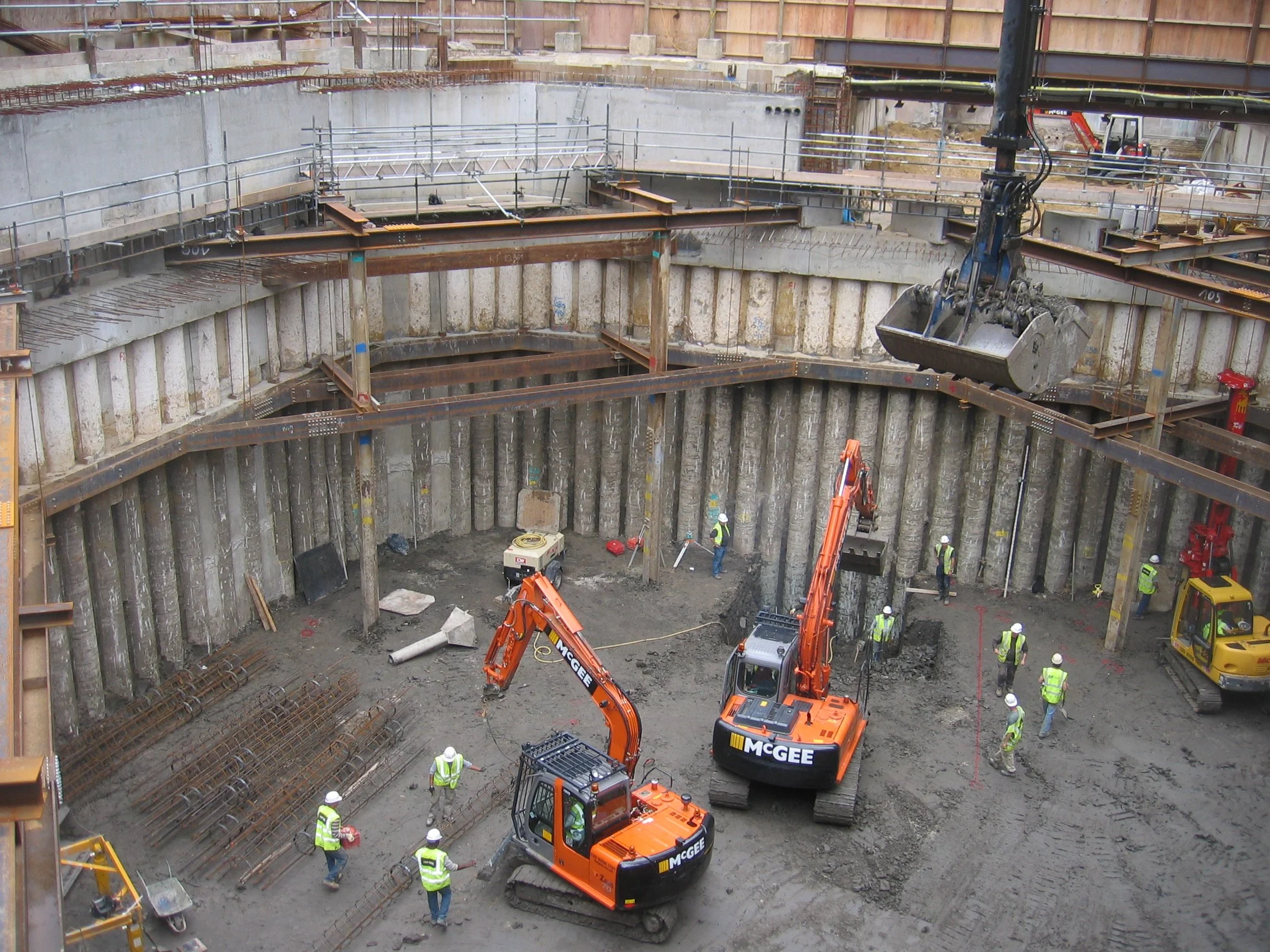The London Clinic Cancer Centre
The London Clinic Cancer Centre
We advised on a major new cancer centre which provides advanced radiotherapy treatment.
This was a highly complex project for which we were responsible for civil and structural engineering design and highways and transport advice. The site area measured just 1200m², creating a serious challenge to fit essential treatment equipment into the volume available. The design and construction involved the construction of linear accelerator bunkers within a 16m deep basement. The constraints of the site added to the project’s complexity, with a major road artery, the shallow brick-built Circle and Metropolitan underground lines and extensive services just a few metres away. In addition, an adjoining Grade II listed Georgian town house was restored and integrated into the scheme.
Key amongst the installations were two 100 tonne ‘LINAC’ linear accelerator units. The processes involved in using LINACs are highly sensitive to movement, while the equipment itself requires significant shielding to prevent the unintentional leakage of radiation. The usual method of achieving this is by using either lead sheathing or massive, heavily-reinforced concrete. Instead, we proposed the positioning of the LINAC units at the lowest basement level, coupled with the use of ‘Ledite’ block wall screens, thereby saving the cost of a cumbersome supporting structure and yielding significant spatial benefits. The 1.5m thick basement floor was designed as a piled slab to reduce the possibility of ground-related movements to an absolute minimum. The floor layout also features a three-storey deep lightwell, allowing natural daylight into the oncology waiting area, while doubling up as the principal access route for the future replacement of the LINAC units.
The project won an IStructE award, with the judges commenting: "The London Clinic’s New Cancer Centre site bristled with every complexity a structural engineer could wish for - all of them over-come in efficient, technically satisfying ways. Here is an example of an appropriate solution, driven by a series of structurally logical choices, starting with the fundamental decision to position the greatest loads at the lowest level."
Client: The Trustees of The London Clinic



